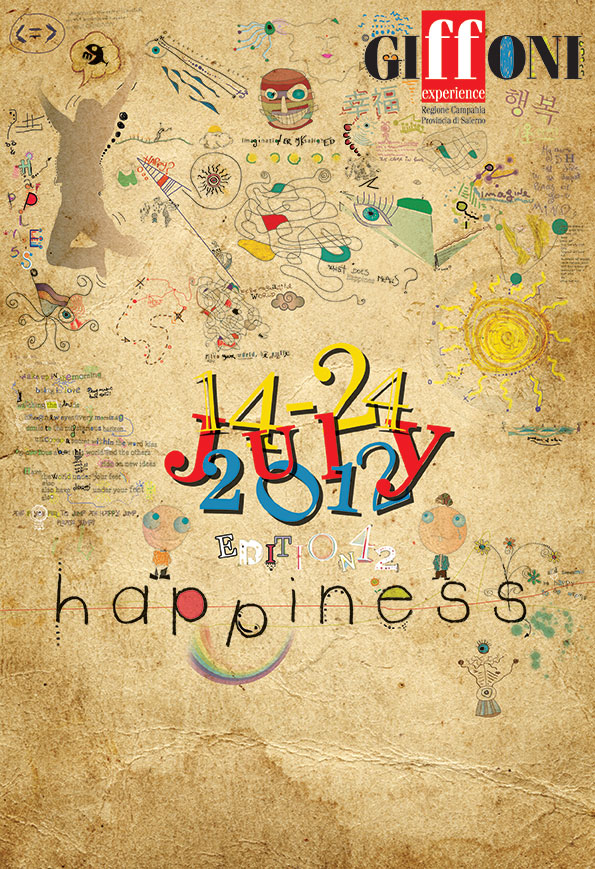 Anders Øvergaard
Anders Øvergaard
Born 1988. He started making films at the age of 12. He majored in film in high school, and, while still in school, designed and built his own steadycam, the “WalKam”. The design proved to be so successful that he started his own company manufacturing the steadycams for customers in Norway, Denmark, Sweden, UK. Before turning 20, he made a mini-series, FORTAPT (2007), and sold over 70 steadycams, each made to order. At 20 years of age he turned to studies in Directing at the Nordland College of Art and Film, graduating in 2009 with the short CONTACT (KONTAKT). COMING HOME is his debut as a feature director.
Anders Øvergaard
Nato nel 1988. Comincia a realizzare film a 12 anni. Studia cinema già al liceo, e, mentre è ancora a scuola, inventa e costruisce un modello di steadycam, la “WalKam”. Il progetto è un tale successo che Øvergaard inizia la produzione di steadycam per clienti in Norvegia, Danimarca, Svezia, Gran Bretagna. Non ancora ventenne, gira una miniserie, FORTAPT (2007), e vende più di 70 steadycam su ordinazione. A 20 anni si iscrive al Nordland College of Art and Film, e nel 2009 si diploma in Regia con il cortometraggio KONTAKT. COMING HOME è il suo primo lungometraggio da regista.
Director’s statement
I was quite surprised when I was asked to direct COMING HOME as I had just graduated from Nordland College of Art and Film in Lofoten, at the age of 21. I replied immediately that I was very interested in doing this job, since I both loved the screenplay and since this was a big chance for me to enter the film industry.
The woman behind the film is the screenplay writer and producer Kathrine Haugen, and she wanted COMING HOME to be a feel-good film for the whole family. I knew quite fast that this was a nice task for me, although it included direction of children and animals, which are supposed to be the hardest to direct. But my little sister was a great inspiration, since she was quite like the main character Ida and at the same age. I went to the stable together with her and watched how she communicated with horses and I could feel right away the magical relationship between horses and humans. This special bond was one of the most important emotions I wanted to express in COMING HOME.
To be able to create magical and mysterious atmospheres and to bring the audience away from their every day life is what I really like about making films. In COMING HOME, I wanted the audience to feel how it could be to live in the beautiful, Norwegian countryside with a close connection to such great animals. One of my goals was to make the audience leave the cinema with a sensation of freedom and new possibilities. The bond between human, horse and nature was the fundament to express this and the actors helped me making this credible.
Dichiarazioni del regista
Sono rimasto piuttosto sorpreso quando mi è stato chiesto di dirigere COMING HOME, dal momento che avevo solo 21 anni e mi ero appena laureato alla Nordland College of Art and Film, sulle isole Lofoten. Ho accettato subito il lavoro, perché ho amato la sceneggiatura, e perché si trattava di una grande opportunità per entrare nel mondo dell’industria cinematografica.
Kathrine Haugen, sceneggiatrice e produttrice del film, voleva che COMING HOME fosse un film per famiglie. Ho capito subito che avrei lavorato con entusiasmo, anche se bisognava dirigere bambini e animali, cosa non certo semplice. La mia sorellina, molto simile alla protagonista del film, Ida, di cui è anche coetanea, è stata fonte di grande ispirazione. Sono andato in una stalla insieme a lei per capire come comunicare con i cavalli, e ho subito avvertito il magico rapporto che è possibile instaurare con questi animali. Questo legame speciale è una delle emozioni che volevo venissero espresse nel film.
Riuscire a creare atmosfere magiche e misteriose, allontanare il pubblico dalla quotidianità, è quello che mi piace fare quando dirigo un film. Per COMING HOME, ho voluto che il pubblico provasse a immaginare la vita nella bellissima campagna norvegese, a contatto con questi splendidi animali. Uno dei miei obiettivi era quello di far provare agli spettatori una sensazione di libertà e di apertura di nuove possibilità. Il legame tra uomo, cavallo e natura era la base per riuscirci, e gli attori mi hanno aiutato a rendere tutto credibile.













 Anders Øvergaard
Anders Øvergaard